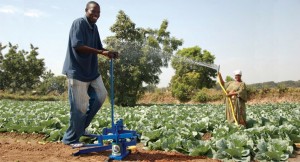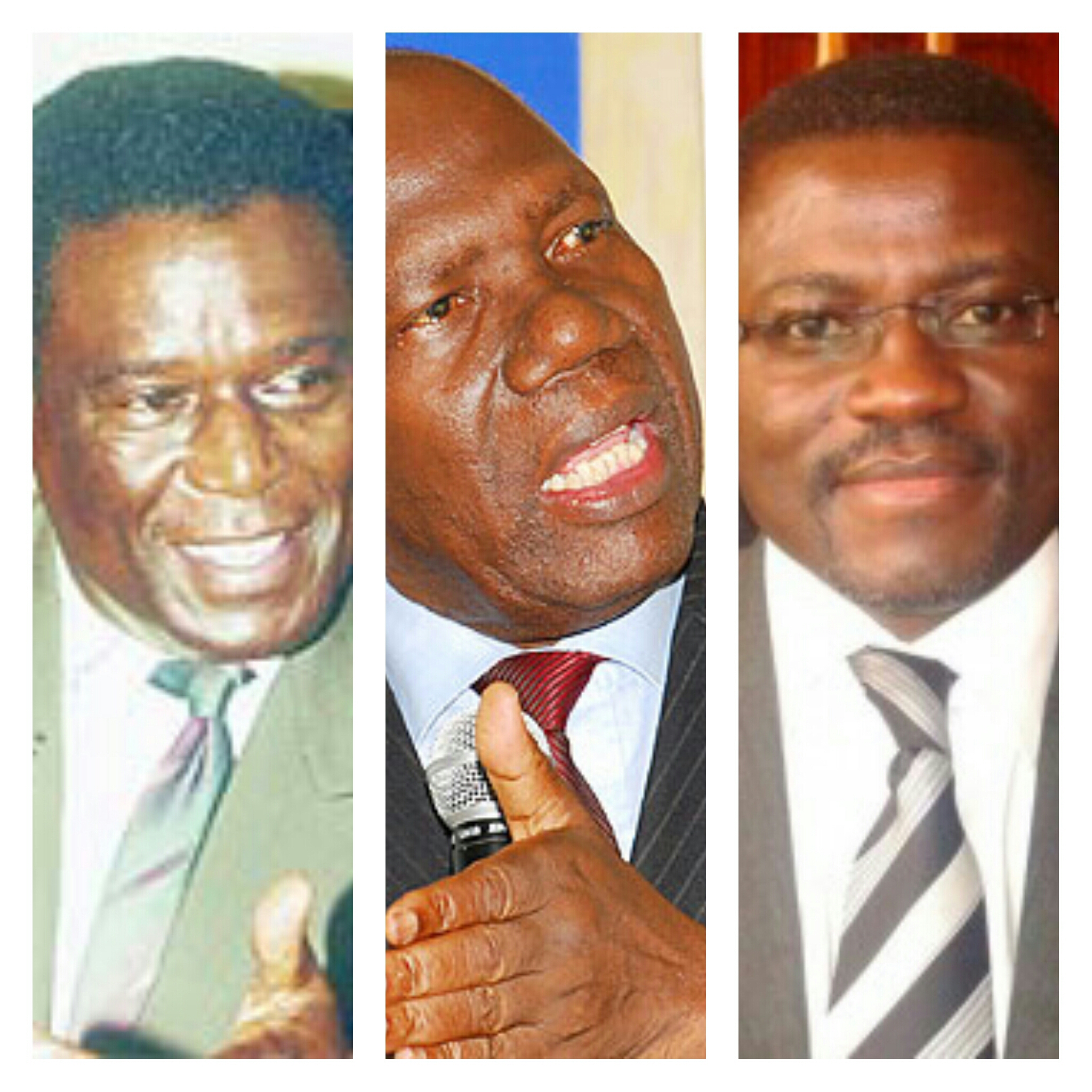Key country specific facts from a report by the International Food Policy Research Institute.
*All data related to investment and spending patterns are adjusted for inflation.
BENIN
• Agricultural R&D expenditures have gradually increased since 2000, reflecting enhanced government funding and greater involvement by the higher education sector, but agricultural research remains largely donor dependent.
• Benin faces a serious research capacity crisis. Staff levels at the country’s National Institute for Agricultural Research (INRAB), the main R&D agency, have dwindled and the high average age of scientists means that the most experienced researchers are nearing retirement.
• INRAB has difficulty retaining qualified researchers due to low salaries relative to universities and a public-sector recruitment ban that limits opportunities. About two-thirds of its researchers are contract workers.
• Urgent steps must be taken to boost scientific cooperation among research actors, cancel the hiring freeze, and provide young researchers with training opportunities.
BOTSWANA
• Investments in agricultural research rose rapidly until 2007, after which spiraling inflation prompted the government to cut funding to public R&D agencies in 2008.
• Research capacity also declined in 2008 due to a considerable exodus of R&D staff from the Department of Agricultural Research (DAR), the country’ main public agency for agricultural research.
• R&D is mainly funded by the government. Donor support for, and private-sector involvement in agricultural research is minimal.
• Despite government-funded training initiatives, which increased the number of PhD-level scientists, DAR has serious difficulties attracting and retaining well-qualified staff because of its relatively low salaries.

BURKINA FASO
• Agricultural R&D spending has followed a pattern of booms and busts, coinciding with the start and end of projects funded by World Bank loans, which have heavily funded R&D since the late 1980s.
• In 2004, R&D expenditures plummeted following the conclusion of a World Bank-funded project, resulting in dire financial straits, disruptions in research, and a halt to recruitment.
• Overall, the country’s agricultural researchers are among the more highly qualified in West Africa, but recruiting and training young scientists are vital as the average age of researchers has rapidly risen.
• The government needs to increase funding, with a long-term focus, to halt the instability and fragility that have characterized the country’s agricultural research to date.
BURUNDI
• Following a decade of sociopolitical turmoil, a peace treaty was signed in 2003 that prompted the return of donors and has led to an increase in agricultural R&D spending and research capacity.
• Donors, particularly Belgium and the World Bank, play a key role in funding Burundi’s agricultural R&D.
• The Burundi Institute of Agricultural Sciences (ISABU), the country’s main R&D agency, lacks a critical mass of PhD-level scientists due to serious difficulties in attracting and retaining well-qualified staff. However, the status of ISABU researchers has been upgraded recently, which will allow the institute to offer much higher salaries and, hopefully, recruit and retain highly qualified staff.
• The government needs to provide long-term support to R&D to strengthen the agricultural sector, which has been weakened by sociopolitical crisis and climatic disturbances, so it can play a crucial role in poverty reduction and food security.
CONGO (REPUBLIC OF)
• Despite recent and slight improvements, agricultural R&D spending remains far below the levels recorded before the civil wars of the 1990s, which had caused investments to plummet.
• The country’s agricultural research is primarily funded by the government. Donors play only a very modest role in funding compared to many African countries.
• Research capacity levels declined from 2001–08 at the agricultural centers of the General Delegation of Scientific and Technical Research (DGRST)—which coordinates and oversees research at 14 centers in the country—due to numerous retirements and a public-sector hiring freeze.
• Congo’s researchers are among the oldest in Africa and 60 percent of DGRST staff are expected to retire between now and 2016, making the recruitment and training of young researchers an urgent need.
• Reviving the agricultural sector and developing a research policy is crucial to reducing rural poverty and supporting economic diversification as oil production, the country’s main source of income, declines.




















